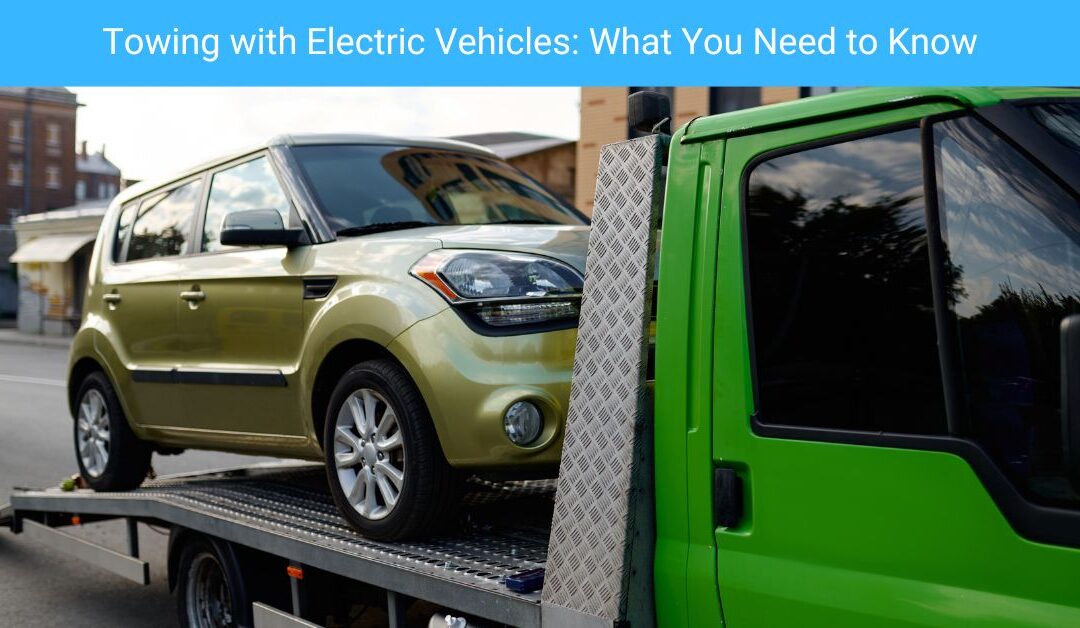Introduction
Electric vehicles (EVs) are gaining popularity due to their environmental benefits, cost savings, and technological advancements. However, one area that raises questions is their towing capability. While traditionally powered trucks and SUVs have long dominated the towing market, EVs are now proving they can also handle the task. This article explores the key aspects of towing with an electric vehicle, including performance, battery impact, and best practices.
Understanding Towing Capacity in EVs
Not all electric vehicles are designed for towing. Unlike gasoline or diesel-powered vehicles, which often come with high torque and extended driving ranges, EVs must balance power consumption and battery efficiency. Automakers such as Tesla, Rivian, and Ford have introduced electric trucks and SUVs with impressive towing capacities. For instance, the Ford F-150 Lightning can tow up to 10,000 pounds, while the Rivian R1T boasts a towing capacity of 11,000 pounds. It is crucial to check the manufacturer’s specifications for towing capacity before attempting to tow with an EV. Overloading can strain the vehicle’s drivetrain, reduce efficiency, and potentially void the warranty.
Impact on Battery Range and Efficiency
Towing significantly affects an EV’s battery range. Extra weight increases energy consumption, leading to faster battery depletion. Studies have shown that towing can reduce an EV’s range by 40% or more, depending on factors such as terrain, weather conditions, and load weight. This means that planning trips with charging stations along the route is essential for long-distance towing. Regenerative braking, a feature in most EVs, can help offset some energy loss by recapturing kinetic energy when slowing down. However, drivers should be prepared for increased charging stops and adjust their travel plans accordingly.
Charging Considerations for Towing
When towing with an EV, finding appropriate charging stations becomes more critical. Many public charging stations are designed for standard-sized EVs and may not have enough space to accommodate a vehicle with a trailer. It is advisable to map out EV-friendly charging stations that can accommodate larger setups before embarking on a trip. Fast-charging capabilities are essential for reducing downtime during long journeys. Vehicles with high-speed DC fast charging can replenish their batteries quickly, making towing more practical. Additionally, charging at home before departure ensures maximum range at the start of the journey.
Best Practices for Towing with an EV
To optimize performance and efficiency while towing with an electric vehicle, it is important to use aerodynamic trailers, as a streamlined trailer design reduces drag and minimizes energy consumption. Proper weight distribution plays a crucial role in maintaining vehicle stability and handling, while monitoring tire pressure ensures that rolling resistance is kept at a minimum. Planning charging stops along the route and selecting stations that can accommodate towing vehicles is essential for a smooth journey. Driving conservatively by maintaining moderate speeds and accelerating smoothly can help preserve battery life and improve range.
Conclusion
Towing with an electric vehicle is entirely possible, but it requires careful planning and awareness of battery range, charging infrastructure, and towing capacity. As EV technology continues to improve, manufacturers are developing models with better towing capabilities and extended ranges. By understanding these factors and following best practices, EV owners can successfully tow while enjoying the benefits of electric mobility.
If you are in Narre Warren, Victoria 3805, Australia, and looking for a car removal service, this is the best way to visit us.
Contact Us
Berwick Towing & Transport
27B William Rd
Berwick VIC 3806
(03) 7035 7815
www..berwick-towing.com.au/

